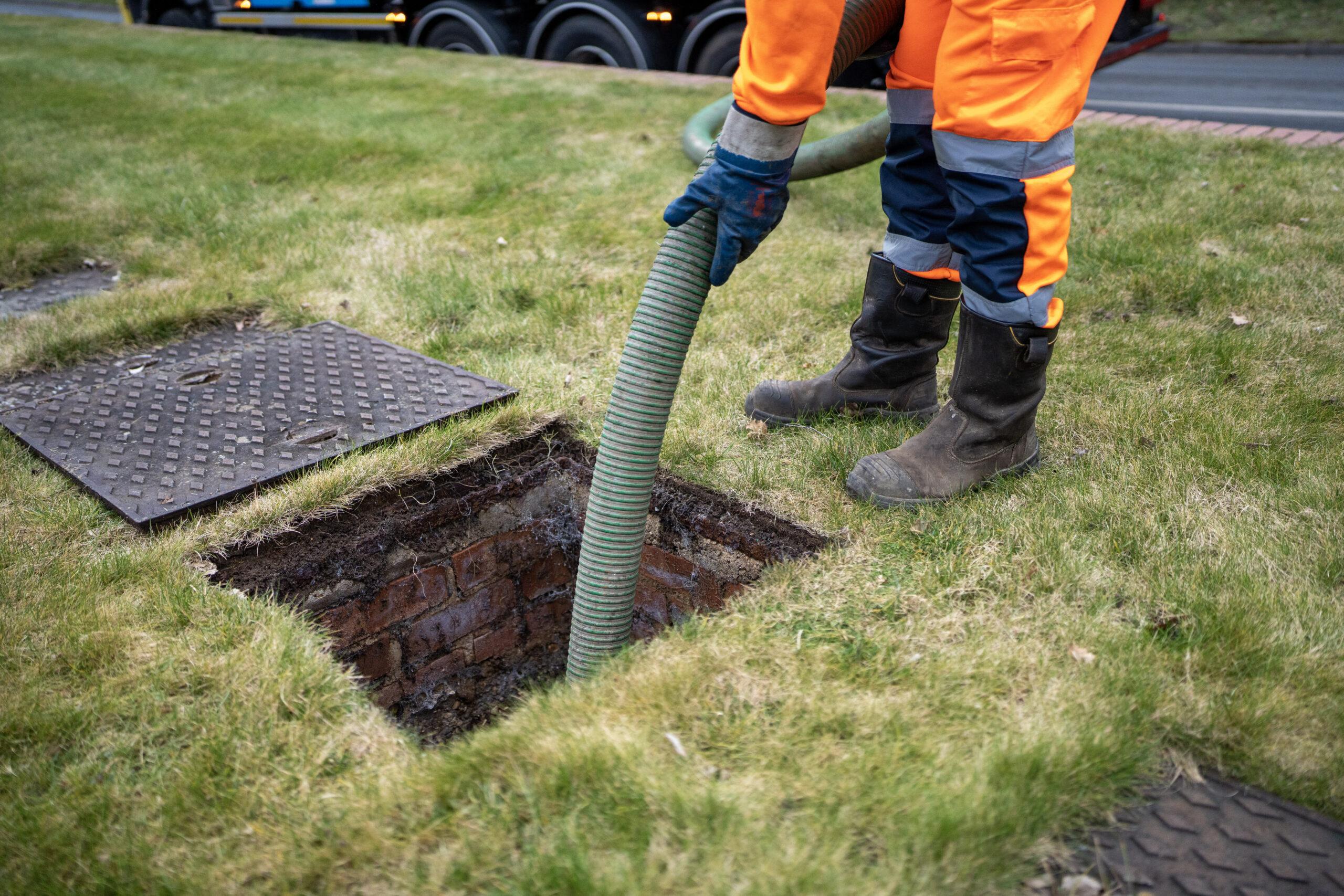
How to Identify and Fix Common Cesspit Problems Before They Escalate
Cesspits are essential for managing waste in many homes, especially those not connected to the main sewer system. Effective cesspit maintenance is crucial to ensure it functions properly and to avoid costly repairs or health hazards. Identifying and addressing common cesspit problems before they escalate can save you time, money, and stress. This guide will walk you through the most frequent issues with cesspits, how to spot them early, and steps you can take to fix them.
1. Understanding Common Cesspit Problems
Before diving into how to identify and fix cesspit issues, it’s essential to understand the common problems that can arise:
- Blockages: Over time, debris, grease, and non-biodegradable materials can cause blockages in the cesspit.
- Overflowing: An overflow can occur when the cesspit is full or if there are blockages preventing proper drainage.
- Leaks: Cracks or damage to the cesspit structure can lead to leaks, which can cause environmental contamination.
- Odor Issues: Unpleasant odors can signal that the cesspit is not functioning correctly or is full.
- Slow Drainage: If waste is not draining away properly, it might indicate a blockage or other issue within the cesspit.
2. How to Identify Cesspit Problems Early
Identifying issues early can prevent them from escalating into major problems. Here are some signs to watch for:
a. Blockages
Signs:
- Slow Drainage: Water or waste draining slowly from sinks or toilets can indicate a blockage.
- Gurgling Sounds: Gurgling noises from plumbing fixtures can signal a blockage in the pipes leading to the cesspit.
How to Fix:
- Routine Inspections: Schedule regular inspections to identify and clear blockages before they become severe.
- Professional Cleaning: Use professional services for thorough cleaning and removal of blockages.
b. Overflowing
Signs:
- Standing Water: Water pooling around the cesspit or in the garden area can be a sign of overflow.
- Bad Odors: Persistent foul smells can indicate that the cesspit is full or overflowing.
How to Fix:
- Regular Emptying: Ensure that your cesspit is emptied regularly based on usage and size. This prevents overflows and blockages.
- Monitor Usage: Be aware of the volume of waste your cesspit handles and adjust the emptying schedule accordingly.
c. Leaks
Signs:
- Wet Spots: Unusual wet areas or standing water around the cesspit can indicate a leak.
- Soil Contamination: Discolored or contaminated soil near the cesspit can signal leakage.
How to Fix:
- Inspect for Cracks: Regularly check for visible cracks or damage to the cesspit structure.
- Repair or Replace: If leaks are detected, consult a professional to repair or replace damaged parts.
d. Odor Issues
Signs:
- Persistent Smells: Persistent and unpleasant odors emanating from the cesspit area can indicate malfunction or overloading.
- Indoor Smells: Foul smells inside the house may also suggest issues with the cesspit.
How to Fix:
- Regular Maintenance: Ensure that the cesspit is emptied and inspected regularly to prevent odor issues.
- Ventilation: Improve ventilation around the cesspit area to help disperse odors.
e. Slow Drainage
Signs:
- Slow Flow: Water or waste taking longer than usual to drain can indicate a problem with the cesspit.
- Pooling Water: Water pooling around fixtures can be a sign of slow drainage.
How to Fix:
- Check for Blockages: Inspect for and remove any blockages in the cesspit or connecting pipes.
- Professional Assessment: If slow drainage persists, consult a professional to assess and address potential issues.
3. Steps to Take for Effective Cesspit Maintenance
Regular maintenance is key to preventing common cesspit problems. Follow these steps to keep your cesspit in good condition:
a. Schedule Regular Inspections
- Professional Inspections: Arrange for professional inspections at least once a year to check for issues and ensure the cesspit is functioning correctly.
- DIY Checks: Perform visual inspections yourself, looking for signs of damage or unusual smells.
b. Implement a Routine Emptying Schedule
- Determine Frequency: Based on usage and size, determine how often your cesspit needs to be emptied.
- Stay On Schedule: Stick to the emptying schedule to prevent overflows and blockages.
c. Proper Waste Disposal
- Avoid Non-Biodegradables: Do not flush non-biodegradable items, such as wipes, sanitary products, or cooking oils, as they can cause blockages.
- Educate Household Members: Ensure that everyone in the household is aware of what should and shouldn’t be disposed of in the cesspit.
d. Address Issues Promptly
- Immediate Action: If you notice any signs of problems, such as slow drainage or foul odors, address them as soon as possible.
- Consult Professionals: For complex issues or significant repairs, consult a professional to ensure proper resolution.
e. Enhance Ventilation and Access
- Improve Ventilation: Ensure proper ventilation around the cesspit to help with odor dispersion and overall function.
- Maintain Access: Keep the area around the cesspit clear to facilitate easy access for maintenance and inspections.
4. When to Call a Professional
While many cesspit issues can be managed with routine maintenance and timely intervention, some problems require professional expertise:
- Complex Repairs: For significant damage or complex repairs, a professional should handle the job to ensure proper resolution.
- Persistent Issues: If problems persist despite your efforts, seek professional help to diagnose and fix underlying issues.
Conclusion
Effective cesspit maintenance is essential for preventing common problems and ensuring the longevity and efficiency of your waste management system. By understanding the common issues, identifying them early, and taking proactive steps to address them, you can avoid costly repairs and maintain a healthy and functional cesspit. Regular inspections, proper waste disposal, and timely action are key to keeping your cesspit in optimal condition. With these practices in place, you can ensure that your cesspit continues to operate smoothly and effectively for years to come.


